Wall Street evolved through grit and grime, shady backroom deals, and frenzied trading pits. But today’s dominant financial force wears a lab coat, not a suit. Artificial intelligence has become ubiquitous in investing, and its continued growth appears unstoppable within AI Trading.
Powerful machine learning algorithms now parse endless datasets, seeking subtle signals and profitable strategies at lightning speed. By combining computation with human discretion, this union of silicon brains and carbon instinct unlocks the markets’ hidden opportunities.
This guide by Finestel explores the brave new world of AI trading systems. We’ll demystify how they work, assess use cases across stocks, crypto, and forex, and impart practical wisdom for prospering in the robot trading revolution. Buckle up, because investing just got a major upgrade.
What is AI Trading? Joining Man and Machine
Artificial intelligence is making waves on Wall Street by automating the investing process. AI trading utilizes machine learning algorithms to digest market data and make trades based on logic, statistics, and probabilities – no human in the loop required!

It’s a new breed of investor, free from the pitfalls of emotion and fatigue. These robo-traders can compute complex indicators and patterns at light speed to capitalize on subtle opportunities. Talk about a numbers whiz!
Of course, humans still program the bots by teaching them profitable trading strategies using historical data. It’s like an AI apprenticeship before letting the fully-trained bot loose in the live markets.
AI trading isn’t without risks. No trader, human or robot, wins every time. But when used properly, it can give investors an edge with rapid-fire pattern recognition and flawless discipline.
The Machine Behind the Magic
AI trading relies on some pretty mind-boggling technology under the hood. Let’s break down the key components empowering these brainy bots:
Machine Learning This allows the AI to “learn” trading strategies by identifying patterns in massive amounts of data that would overwhelm human analysts. The algorithms become more accurate over time by constantly optimizing their models based on new data.
Neural Networks These mimic the web of neurons in the human brain. A complex neural net can detect subtle nonlinear relationships between economic indicators, asset prices, sentiment signals and more. This reveals valuable insights.
Natural Language Processing News articles, earnings calls, Twitter – NLP allows the AI to “read” all this unstructured data and gauge market sentiment. Understanding human language unlocks a world of predictive signals.
Cloud Computing The raw computing power needed to crunch endless data and run complex machine learning models is delivered via the cloud. Trading firms rent this technical infrastructure.
Backtesting Running trading strategies against historical data identifies the most predictive signals. Backtesting fine-tunes the AI by modeling different scenarios before going live.
As you can see, some seriously sophisticated technology enables AI trading to beat humans at their own investing game. It’s a machine versus mind battle – and for now, machines have the upper hand when it comes to gulping down data and computing probabilities. But humans still have a role in steering the ship and teaching the bots their secrets.
Teaching the Machine: Algorithmic and AI Trading
So, how exactly do investors go about training these artificial trading whizzes? It’s a process of virtual apprenticeship:
Feed Historical Data: AI trading systems are first fed huge amounts of historical market data including asset prices, indicators, news events, earnings reports, and more. Think terabytes worth of Excel spreadsheets! This teaches the machine the normal ebbs and flows of markets.
Set Parameters: Next, investors determine trading rules and constraints for the AI based on strategies like trend following, mean reversion, momentum, etc. This establishes guidelines for the machine to operate within.
Let the Machine Learn: Now the rubber meets the road! The AI analyzes the data within the set parameters. It utilizes machine learning techniques to discover patterns and relationships that generate profitable trades. The system optimizes itself through trial and error.
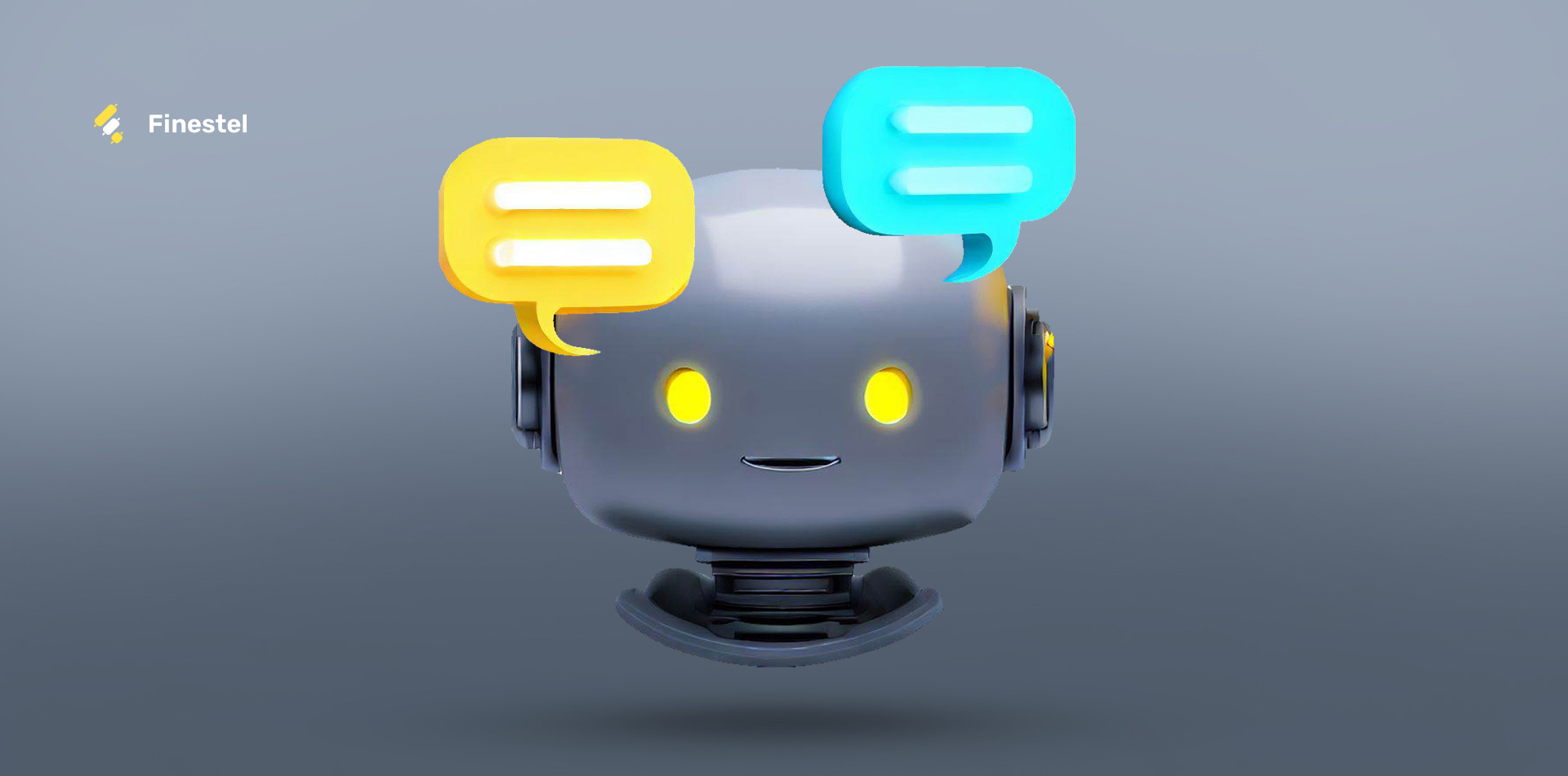
Avoid Overfitting: A key concern is overfitting, where the AI becomes overly tailored to the training data. To maintain predictive power on real-time data, regularization techniques are used to keep the machine’s focus broad.
White Box Model: While some AI models are black boxes, meaning outcomes can’t be explained, trading algorithms should be “white box” for visibility into the decision process. Transparency breeds trust.
With the right historical inputs and parameters in place, the machine can develop trading models far more complex than any human. But prudent training is a must to avoid pitfalls. Employed correctly, AI trading systems can become formidable market participants. They have the uncanny ability to react logically even in the most irrational markets.
The Crypto Playground for AI Algorithms
Cryptocurrencies provide an ideal playground for advanced AI trading algorithms to flex their muscles. As crypto markets mature, trading strategies must keep innovating to maintain an edge. Let’s explore several emerging techniques powering the next generation of advanced AI systems:
- Alternative Data: Beyond price and blockchain data, models now ingest satellite imagery, foot traffic, web traffic, GitHub activity, executive moves, and more for signals.
- Agent-Based Modeling: Simulates the behaviors of various market participants through AI agents, predicting how events propagate through entire ecosystems.
- Reinforcement Learning: Networks learn optimal trading policies by trial-and-error using reward functions, similar to how AlphaGo mastered complex games.
- Event-Driven Architecture: Reacts in real-time to discrete events like blockchain transactions, news alerts, or exchange outages to adapt positions accordingly.
- Cryptoeconomics: Analyzes incentive structures and game theoretical dynamics across protocols to model ecosystem evolution.
- Hybrid AI-Human Systems: Combines machine capabilities like speed with human judgment, creativity, and risk management. The future is symbiotic. Now, you can easily develop a crypto trading strategy with ChatGPT by combining your own historical trading data. These techniques unlock new data-driven insights into on-chain and off-chain crypto activity. But prudence remains essential – blind faith in AI leads to ruin. As algorithms grow more advanced, human oversight must keep pace.
The Ups and Downs of Automated Trading
AI trading offers some clear advantages but also important downsides to consider:
Advantages:
- 24/7 Monitoring – AI systems continuously monitor markets and execute trades anytime opportunities arise. Humans need sleep!
- Speed & Accuracy – Lightning fast computation of vast data identify profitable opportunities faster than any human.
- No Emotions – Trades are executed rationally based on statistical probabilities, removing fear and greed from decisions.
- Adaptability – Algorithms dynamically adjust to new data and market shifts, finding alpha in changing environments.
- Cost Savings – Automation reduces the overhead of traditional analysts and advisors.
Downsides:
- Complexity – Requires significant technical expertise to develop and maintain AI trading systems.
- Potential Overreliance – Investors can become overdependent on algorithms and lose their own judgment.
- Lack of Creativity – AI may miss intuitive opportunities that a human trader’s imagination and intuition might recognize.
- Susceptibility to Bias – Historic human biases can be encoded into AI algorithms if data inputs are skewed.
- Regulatory Uncertainty – Governance still lags behind AI innovation which creates uncertainty.
As with most things, the key is balance. When used prudently, AI trading can enhance human trading activities. But overreliance on black box systems can lead to disaster. The sweet spot integrates automated strategies with human discretion, creativity and risk management. Together, man and machine can thrive. But divorce either entirely and performance suffers.
Choosing the Right AI Trading Strategy
With AI transforming how trading is conducted, investors have an expanding toolbox of automated strategies to consider. Picking the approach best suited to your goals is key. Weigh the advantages and limitations of each before deploying an AI solution:
Rule-Based Bots – The Simple Path
Rule-based bots represent the most basic type of AI trading. Investors program IF-THEN rules that trigger trades when conditions are met. For example, IF the 50-day moving average crosses above the 200-day moving average, THEN buy. These rules encode traders’ domain expertise into automated directives.
The simplicity of rule-based bots makes them intuitive to understand. Any trader can clearly see the logic behind the bot’s trades. However, this rigid methodology limits the bot’s ability to uncover new opportunities outside the predefined rules. Without the flexibility to adapt, the bot cannot recognize more nuanced patterns and shifts.
Rule-based bots serve well for basic technical trading strategies like trend following. But a lack of fluid intelligence means they may underperform in changing environments. Their mechanical nature also fails to account for creative human judgment.
Overall, rule-based AI delivers a transparent, straightforward automation solution, albeit a limited one. These bots simplify rote trading tasks but lack advanced analytics.
Don’t miss this TradingView article to learn about autotrading in TradingView.
Quantitative Analysis – Finding Hidden Signals
For more sophisticated AI trading, quantitative analysis utilizes advanced statistical models and machine learning algorithms like neural networks. This provides a deeper analysis of complex relationships between diverse datasets, including prices, sentiment, fundamentals, options data, and technical indicators.
By combining computational power with quantitative finance and econometrics, these AI systems uncover non-linear relationships and subtle signals fundamental and technical traders may miss. The analysis is highly customizable to test trading hypotheses and strategies. The caveat is that significant technical expertise is required to develop and maintain these AI solutions.
When crafted properly, quantitative AI trading can find overlooked alpha based on hard statistical evidence, not just hunches. But it sacrifices the simplicity of rules-based systems for black box complexity.
Read more about crypto signals Telegram channels and forex signals Telegram channels in this article.
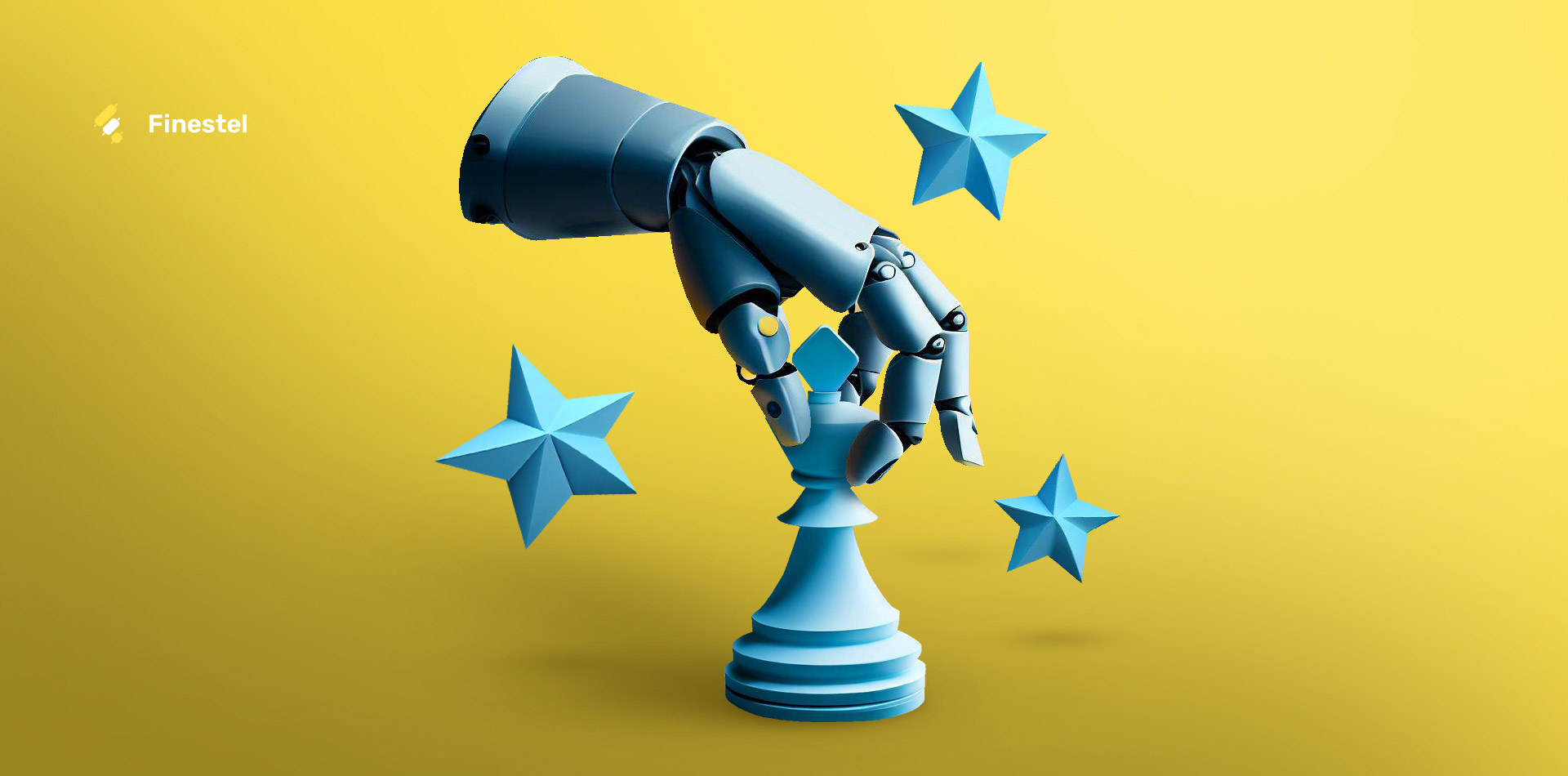
Algorithmic Trading – Split-Second Speed
For high-speed traders seeking to capitalize on short-lived opportunities, algorithmic trading executes trades automatically based on predefined parameters, signals, and market conditions measured in milliseconds. No human is quick enough to react in these fractions of seconds.
Algorithms scan for liquidity events across assets and dart in and out of trades faster than a blink. This lightning-fast turnover allows the capture of fleeting arbitrage windows. However, without vigilant risk controls, algorithmic trading can amplify losses during volatile markets. The speed demands sophisticated monitoring.
For those seeking split-second order execution, algorithmic trading delivers. However human oversight is critical to avoid hazardous high-frequency permutations. Unchecked algorithms can wreak havoc in panicked markets.
Blending AI and Human Touch: The Finestel Difference
In the brave new world of AI trading, the human touch remains essential. Once you’ve built brilliant algorithms, they must seamlessly connect with real-world accounts. Strategies are only as effective as their execution.
For crypto asset managers and fund pioneers, Finestel; a trading solutions provider company, provides the control panels to launch your own branded services. Add advanced white label copy trading software, portfolio tracking, bot integration, client management, and more to your arsenal. Customizable tools to grow your crypto fund the right way.
Finestel enables any trader to become a wizard other followers flock to. In trading, the smartest strategy fails if not executed correctly. Finestel’s secret sauce perfects that execution with the sophistication of AI meeting the intuition of experienced managers.
So while machines win at data crunching, humans still reign at relationships and creativity. Finestel lets man and machine join forces, each playing to their strength.
Managing Risks and Limitations of AI Trading
While AI trading offers advantages, investors must be prudent with implementation to minimize downside risks:
Overfitting – When the Model Gets Too Perfect
A common mistake in developing AI trading systems is overfitting, where the model over-trains on the nuances of historical data. This results in a model too tightly optimized for past conditions rather than robustly generalized for future unseen data.
When markets shift in new ways, an overfit model fails to adapt. The AI fixates on backtested relationships that are no longer relevant. This blind spot leads to underperformance and losses.
Combating overfitting requires rigorous cross-validation testing and keeping part of the data withheld during initial training. Simple models with strong regularization also avoid overfitting. The key is ensuring models make rational predictions on multiple hypothetical scenarios, not just one narrow data set.
Outlier Events – Expecting the Unexpected
Even robust AI trading models have limitations forecasting unprecedented “black swan” events outside the realm of historical data. No amount of machine learning can predict once-in-a-century shocks like COVID-19.
In such uncharted waters, AI trading systems may make very irrational predictions or become paralyzed by uncertainty. Human judgment takes precedence in these cases to pause trading algorithms built for more stable eras.
By incorporating risk controls that account for statistical outliers, investors can minimize damage when the machines falter during tumult. AI trades probabilistically, not perfectly. Preparing for uncertainty is wise.
Hidden Biases – Checking the Machine’s Work
Since AI trading systems derive patterns from historical data, any human biases ingrained in the data can propagate forward. This could include biases like the overvaluing of male executives or certain ethnic names.
To combat this, investors must ensure training data is diverse and representative. AI models should be continuously monitored for potential biases identified through backtesting on various simulated scenarios. Models must make rational decisions free of prejudice.
Transparency into the AI’s decision process through “white box” models is also key. If the machine can’t explain itself, the investor can’t properly assess for bias. Unchecked biases create legal and ethical risks for trading firms.
With thoughtful design and testing, investors can leverage AI’s strengths while safeguarding against its shortcomings. Mindfulness of limitations allows humans and machines to healthily coexist.
Implementing AI Trading Best Practices
AI trading offers great promise, but practical steps must be taken to smooth adoption. Implement these best practices to set your algorithms up for success:
Start with Limited Capital
Don’t go all in on untested AI! Initially run it in simulation mode or allocate only a small amount of investment capital. Treat it like a pilot program. For example, allocate only 10% of your portfolio to begin with. Let the AI prove itself with real skin in the game before increasing its budget.
Maintain a Diversified Portfolio
Don’t put all your eggs in one basket. Just as prudent investors diversify across asset classes and markets, so too should capital be diversified across human and AI strategies. A balanced portfolio combining AI trading with real estate, bonds, private equity, and cash reserves mitigates risk. Keep investing an art, not just science.
Implement Stop-Losses
Set clear loss limits to contain AI trading drawdowns. Markets will always have surprises in store. No AI bats a thousand. With stop-losses in place, you control the damage when algorithms hit inevitable bumps. It’s better to exit with a small managed loss than get caught in a reckless downward spiral.
Monitor for Shortcomings
Keep eyes wide open for subtle warning signs like degrading performance or unusual trades that don’t align to expectations. Frequently backtest the AI and audit its behaviors with real-time paper trading. Nip problems in the bud before algorithms go off the rails. Remember, past performance is no guarantee of future success.
With vigilance and prudent management, AI trading can operate safely rather than go rogue. Implement controls and supervision so your algorithms drive returns in a transparent, ethical manner.
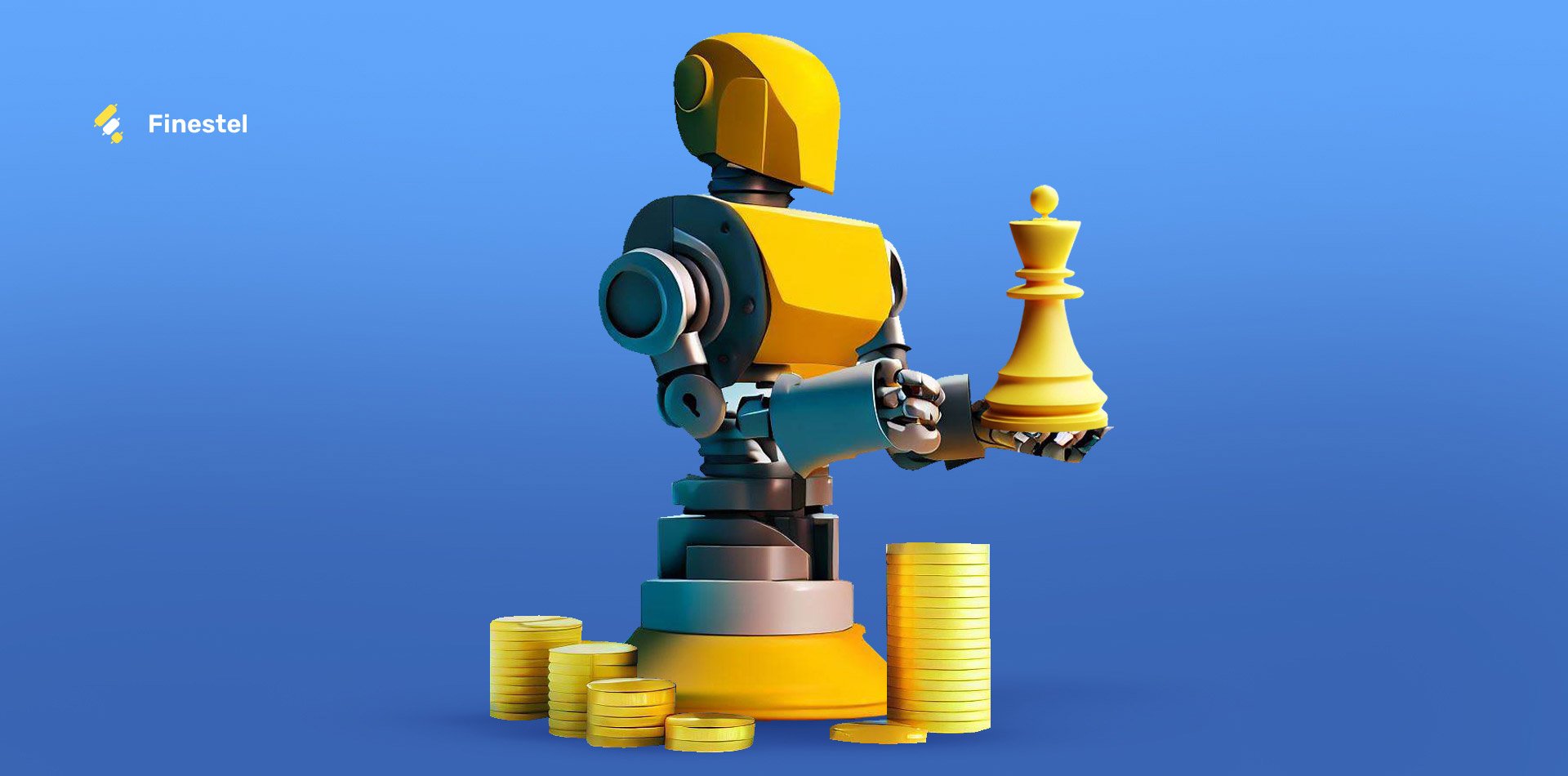
Top 5 AI Trading Software Solutions
AI and machine learning have infiltrated the world of trading. Sophisticated algorithms now enable automation and insights previously unimaginable. But with so many options on the market, it’s tough to determine which solutions best fit your needs. We break down the key capabilities of 5 leading platforms:
- TrendSpider – This full-featured software provides automated trendline and candlestick pattern recognition. The easy-to-use interface, backtesting, and mobile app make it ideal for technical traders seeking simplicity.
- Trade Ideas – One standout feature is the “OddsMaker” event-based backtesting window. The AI assistant Holly delivers automated entry and exit signals. Customizable scans and real-time data visualizations provide actionable insights.
- Kavout – Machine learning powers Kavout’s “K Score” predictive stock-rating system. The Portfolio Toolbox also evaluates your holdings and diagnoses your portfolio. Great for quants looking to add a data-driven edge.
- Tickeron – Offering extensive features for novice and advanced traders alike, Tickeron boasts an AI engine to generate trading signals. It also predicts bullish or bearish trends. Pairs well with the mobile app.
- Algoriz – A unique capability to build automated strategies in plain English makes Algoriz accessible to non-programmers. Lower cost tiers and an option to host a dedicated virtual machine provide flexibility.
As AI proliferates in trading, evaluating solutions against your specific needs is crucial before investing. Understanding these top platforms’ capabilities and limitations enables selecting the right fit.
Opportunities for AI Trading Startups
The rise of advanced AI is creating huge opportunities for trading startups willing to push the envelope. While challenging, success promises tremendous rewards. Analyze your capabilities to determine the ideal path: building a proprietary hedge fund, selling to banks, or serving mainstream investors.
Launching an AI hedge fund requires world-class algorithms and major capital to compete at the highest levels. But the profits can be immense if you can consistently beat seasoned veterans. Selling specialized AI directly to established funds is more accessible. Banks aggressively seek any edge and will pay premiums for systems demonstrating robust returns during testing.
Or you could target mainstream investors by automating simple portfolio management strategies designed for long-term growth, not speculation. Build user-friendly AI optimized for retail investors and sell through consumer platforms or partner with banks. The competition here is lower, though returns are modest. Adapt your approach based on your risk appetite and skills.
Choosing the Right Customers
Thoroughly analyze your prospective customer segments when bringing AI products to market. Sophisticated algorithms have higher value when exclusive to institutional investors like hedge funds. Broad consumer distribution diminishes the advantage relative to competitors.
Banks and large funds are ideal customers for exclusive access to advanced systems. With profit as the singular motive, they will pay handsomely for AI-driven edge. But selling to the mass affluent requires a more basic approach focused on usability and disciplined asset allocation, not speculation. Individuals face inherent challenges beating the market regardless. Map your distribution strategy to the customers who will derive the most utility.
And remember, this is a dynamic, rapidly evolving industry. Continuously evaluate the competitive landscape and where your advantage lies. What seems cutting-edge today could be table stakes tomorrow. Only through constant innovation and alignment to market needs will your systems maintain their lucrative edge. Monitor the field closely.
Partnering With AI Trading Experts
Trying to build a sophisticated trading platform alone is daunting. The field changes fast. That’s why partnering with specialized dev teams enhances long-term success. Experienced programmers and data scientists bring tremendous accelerate your progress.
Leverage proven teams to architect and implement the complex infrastructure for collecting, processing, and acting on massive financial datasets in real-time. Don’t reinvent the wheel. And collaborate with quant finance experts to incorporate the latest techniques into robust models.
Trading systems should also seamlessly incorporate human discretion, not just AI recommendations. The best results come from hybrid systems that allow fluid interaction between man and machine. Humans handle exceptions while the AI automates broad strategy.
In such a complex domain, leveraging specialized expertise pays dividends. With prudent collaboration, you gain speed and agility responding to markets. Combine your vision with execution capabilities from trusted partners.
Conclusion
In closing, approach AI trading with openness but also prudent skepticism. For all of technology’s magic, markets will always have surprises in store. Let machines do what they do best – relentlessly analyze data for probabilities and patterns. But also lean on human creativity, intuition, and risk management. Blind faith in models leads to ruin.
The wise investor utilizes AI to amplify human research and strategy, not replace it. With the right checks and balances, augmented trading becomes a competitive advantage rather than a vulnerability. The future offers an exhilarating opportunity for those who respect both carbon and silicon intellect. Because at the apex, AI transcends automation to forge a fluid symbiosis between man and machine.


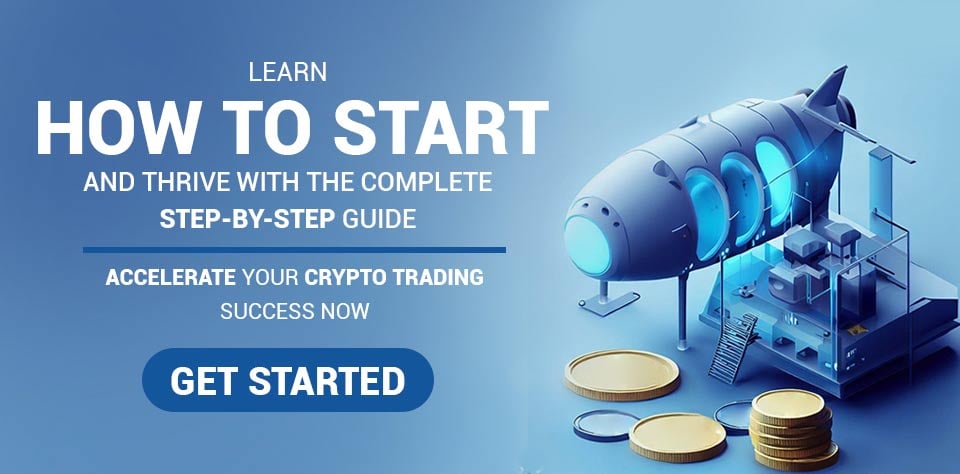

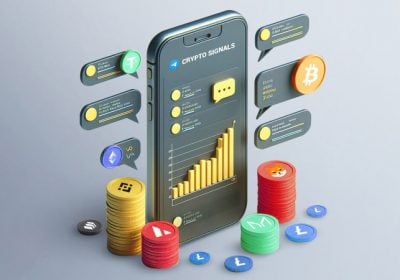


Leave a Reply